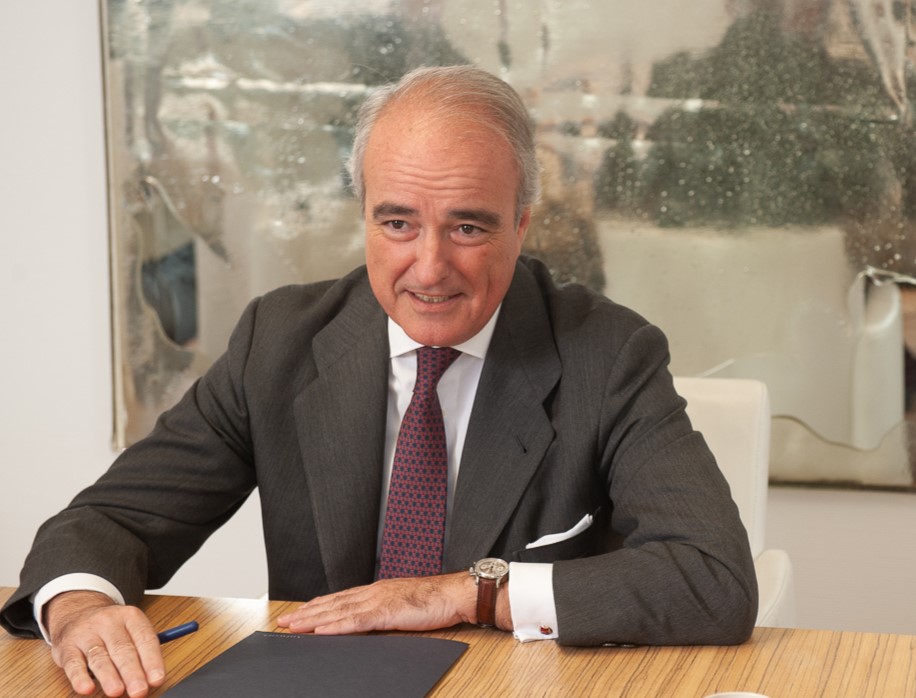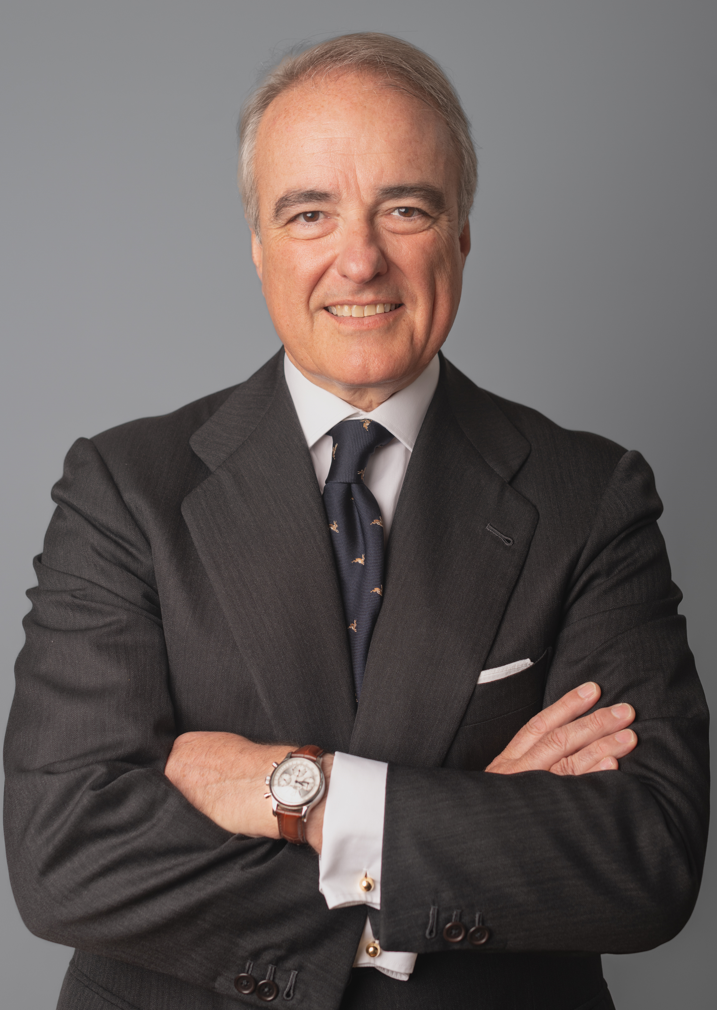By Shanu Sherwani (Private Equity Analyst and Partner at Antwort)
Currently, every investor class desires to increase their allocation to private equity to pursue yield. However, a crowded fundraising market in 2022 gives the advantage to the fastest returning managers, while others doubt how long the celebration can endure.
Private equity has benefited from the pandemic. With returns nearing record highs and far outstripping those from fixed income, institutional investors seeking yield have recognised the relative stability on offer compared to more volatile public markets. According to data provider Preqin, investors put over USD 810 billion into private equity funds in 2021, the most ever.
According to Cambridge Associates’ research published last year, increasing allocations makes financial sense: institutions with more significant funding to private markets typically experience higher returns. It discovered that those with a private investment allocation of at least 30% outperformed those with a private investment allocation of 10% or less by 200 basis points over the last decade.
Private asset holdings are expected to increase by 60% between 2020 and 2025. According to Preqin, private equity is growing the fastest and will account for nearly 70% of alternative AUM by 2025. In a survey of LPs conducted by Intralinks at the end of last year, a vast majority (roughly three quarters) planned to increase their overall allocation to alternatives (including private equity) over the next 12 months.
However, as interest in private equity grows, one might wonder how long this growth in fundraising from institutional investors will continue. Hence, private equity firms are looking for new sources of capital.
Institutional Investors
Pension funds and insurance companies, typically have lower exposure to alternative investments in private markets because they are more tightly regulated, giving them less capital deployment flexibility. These institutions also typically have longer-term obligations that have historically been met with large fixed-income investments. Three things have changed in the last two years: more online pitching during successive lockdowns has accelerated fundraising cycles; pension funds have set more aggressive private equity allocations, and GPs have created more liquid fund structures to unlock new sources of capital.
For the past three years, the proportion of US pension funds invested in real estate and hedge funds has decreased, while private equity has increased. According to Preqin, their private-equity investments increased to 8.9 percent of holdings in 2021, following three years of uninterrupted growth. The California Public Employees’ Retirement System (CalPERS), one of the world’s most significant pension funds, increased its allocation to private equity from 8% to 13% over the next four years, equating to approximately USD 25 billion in additional investment based on current AUM.
Despite fierce competition, private equity funds’ efforts to access such large institutions will continue. According to recent data published, the most significant pension funds (with more than USD 134 billion in AUM) currently allocate the least amount of their total asset mix to private equity. However, I believe that some of the more mature pensions could achieve a 25 per cent allocation through a combination of fund and direct investment by 2025.
Many GPs in Europe and the United States are turning to alternative sources of capital, where the hunt for capital is heating up: retail investment and private wealth.
Family Offices
There are approximately 7,300 single-family offices globally, with a combined value of approximately USD 5.9 trillion. According to UBS data from 2020, about eight out of ten have some form of private equity investment, allocating approximately 16 per cent of their portfolios (split between 9 per cent direct investment and 7 per cent funds).
According to placement agents and fund managers worldwide, the risk appetite for private equity among family offices is the greatest among all investor types and is still growing. While more money is being allocated to private equity globally by almost all investor types, it is not being distributed evenly among fund managers, and 2022 is expected to be the most competitive fundraising market yet.
Mega Funds
While the amount of capital flowing into private equity funds is increasing, the number of funds receiving these allocations is mainly limited to mega-funds. It may take some LPs several years for their programmes to move beyond well-known brand names and invest more broadly into the market. According to Pitchbook data, such mega-funds raised roughly half of all private capital raised in the first nine months of 2021. Hellman & Friedman’s 10th flagship buyout fund (USD 24.4 billion), Silver Lake (USD 20 billion), and EQT, with two funds totalling USD 18 billion, are among these mega-funds.
The Carlyle Group’s latest flagship fund, targeting USD 27 billion, will be the largest private equity fund in history, followed by KKR’s USD 17 billion North America Fund XIII and Partners Group’s fourth buyout vehicle, targeting USD 15 billion.
According to Hamilton Lane, a private market consultant, 15 managers intend to raise at least USD 15 billion in private equity funds in 2022. Fifteen of the sixteen most significant European funds (over EUR 5 billion) will be fundraising in 2022. The fundraising market in 2022 is expected to be so crowded as more significant funds return to the market more quickly, according to placement agents, that some smaller GPs would be better off simply concentrating their efforts on pre-marketing funds for 2023.
Private equity funds waited an average of 4.8 years before returning to the market in 2017. They now have to wait only 2.9 years. With the growth of fund platform extensions, it has become a never-ending cycle for many of the largest GPs to exit the market.
In 2022, the critical question for GPs will be, “What percentage of allocation do LPs have for new relationships?”
Private individual investors and feeder platforms
Individuals with high net worth and retail represent a new growth stage in private equity allocations. As regulators keep a close eye on the situation, the largest fund managers lead the charge.
Ten years ago, Blackstone, the private equity goliath, relied solely on large institutional investors for capital. Individual investors contributed roughly 20% of its USD684 billion AUM last year. According to the firm, it could reach half in the next decade. Retail is a USD 80 trillion addressable market, and other large private equity firms such as KKR and Apollo are taking notice.
When we look at where the significant funds are putting a lot of their focus and where they’re building new teams, private investors stand out. It’s an untapped market, and for the most part, those markets have been frozen out of institutional commingled funds for a long time.
Banks, particularly in Europe and Asia, have been developing or outsourcing alternative investment platforms to capitalise on the increase in the appetite of private clients for this asset class. Fintech feeder vehicles such as Moonfare (founded by an ex-KKR executive), iCapital Network (part-owned by Blackrock), Luxembourg-based Antwort Capital and French-based Private Corner are channelling vast sums of private capital into the most well-known private equity funds, with the latter two focusing on the mid-cap PE segment, which in my view is one of the most appealing in terms of returns.
Regulators may have been paying attention. Last September, a US Securities and Exchange Commission (SEC) advisory group recommended making it easier for the less wealthy to invest in private equity. Changes to the European Long-Term Investment Fund (ELTIF) have also been proposed by European authorities, eliminating minimum investment and wealth requirements for individuals while also expanding the types of assets that fund managers can hold.
The appetite for alternative assets among private investors has been steadily growing for some time, echoing what has happened among institutional investors. Now is a good time for private investors to broaden their exposure to alternatives. Market conditions are creating some very appealing opportunities, and post-downturn vintages are known to outperform.






